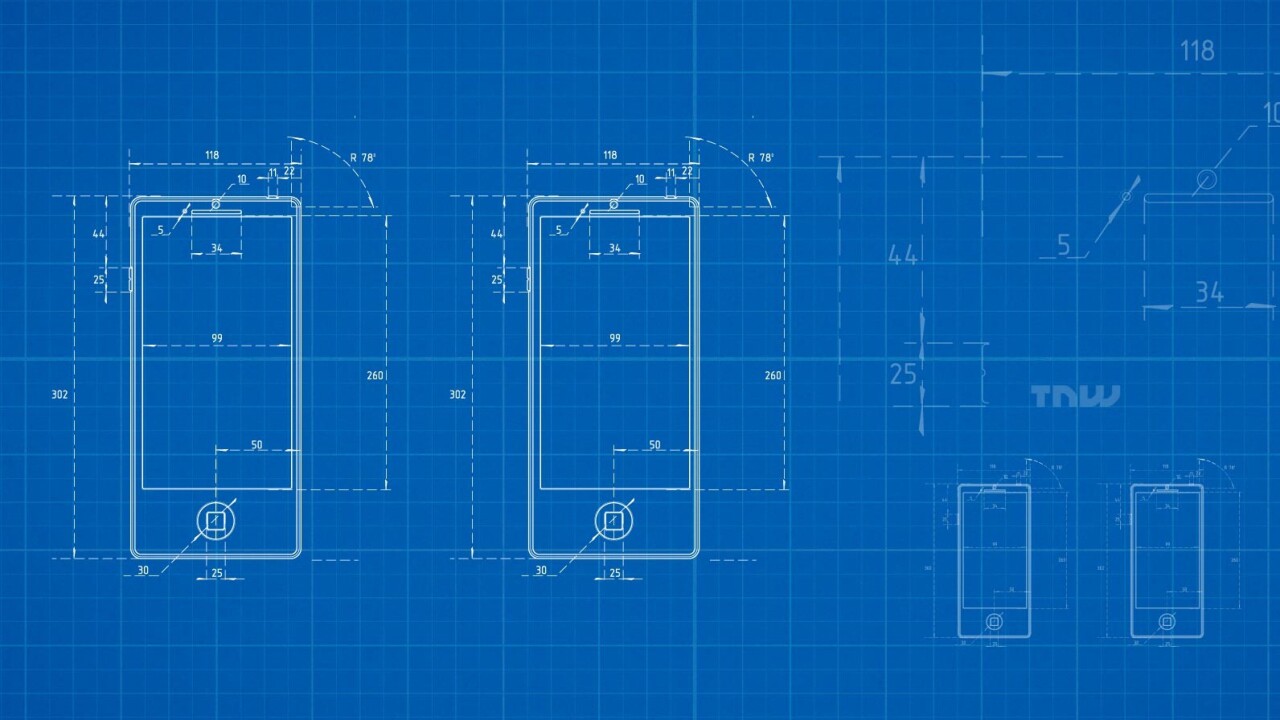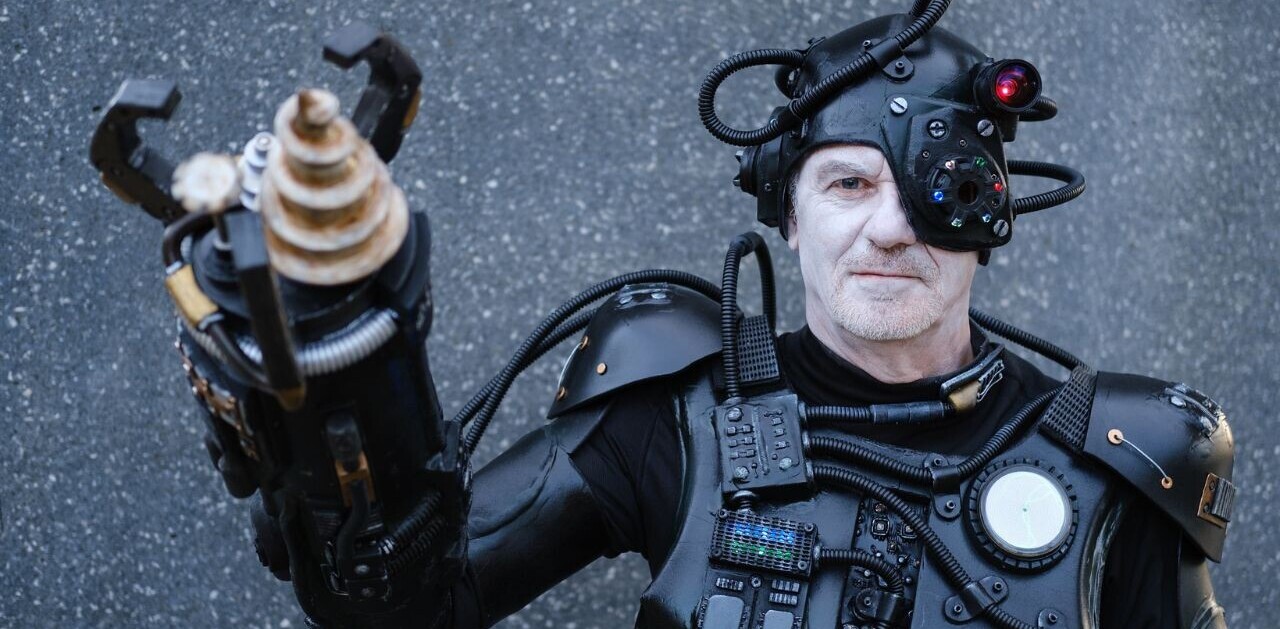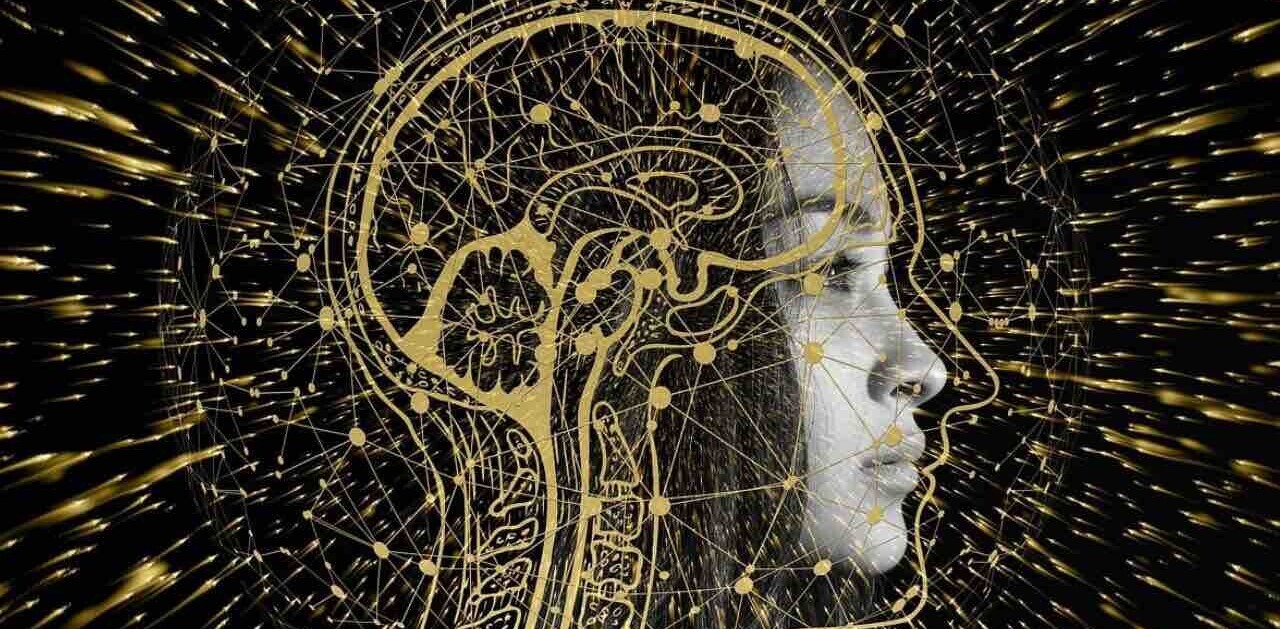
This week, the US patent office issued 6,609 patents. Each patent adds a little something new to the human knowledge base. As we cannot list all six thousand, the PatentYogi team has selected the five most interesting patents.
Contact lens with Wi-Fi based drug delivery

[conf-ad-unit]Researchers at Massachusetts General Hospital have invented a contact lens that can be controlled through Wi-Fi to deliver calculated quantities of drugs.
While Google’s smart contact lens can sense glucose levels, this remotely controllable contact lens takes the next step of delivering a diabetic drug directly through the eyes.
But before that, a sensor embedded in the contact lens detects the level of a molecule such as glucose. The detected level is then transmitted by a wireless transmitter in the contact lens to an external computer. Viewing the level of glucose, a user may then realize the need to deliver a drug such as insulin. By interacting with the GUI of the computer, control signals are transmitted back to the contact lens to command delivery of the drug of a specific amount over a specific time period.
For delivering the drug, the contact lens includes a drug reservoir in the form of a coating on gold nanoparticles attached to a gold antenna. The remote control command received from outside is then used to stimulate these gold nanoparticles, thus detaching the drug molecules from the gold nanoparticles and releasing them into the eyes.
In addition, this contact lens also offers impressive functionalities like correcting defects in vision, automatically turning into sunglasses in bright light and being powered by solar energy.
Disney to crowdsource decisions between friends

Planning a fun get together among friends isn’t fun in itself, what with varied interests and conflicting opinions. Getting each one to agree to a common decision often involves endless arguments.
Disney intends to intervene such a setting and help the group make a decision.
This invention from Disney is designed to constantly monitor conversations among a group of people to detect event-planning. This is done by performing a contextual analysis of keywords like movie, play, dinner, etc. uttered during conversations. So simply talking about a movie which one has seen would be ignored by the invention.
Once the event-planning is detected, the invention intelligently retrieves preferences of each individual in the group and suggests relevant options while considering all the preferences. Such preferences are either retrieved from dedicated databases or from past activity of users over other applications like Netflix, HBO Go etc.
Since the suggested options are identified based on preferences of the individuals, there is a greater likelihood of acceptance from everyone in the group.
Amazon invents a self-powering camera

Amazon has solved this problem with an ingenious solution. They have invented a camera that can power itself.
The image sensor of the camera includes a first region having camera pixels and a second region having photovoltaic cells. The camera pixels capture light from the lens assembly for generating images and the photovoltaic cells capture light from the lens assembly for generating energy.
The lens assembly includes a lens and multiple lens elements. Each lens element can be configured to direct a portion of light to a portion of the second region that includes the photovoltaic cells and the lens can be configured to direct a portion of the light to the first region that includes the camera pixels. The lens assembly helps in focusing more light on the photovoltaic cells to generate power more efficiently.
Further, other sensors that generate energy can also be used. For example, thermoelectric materials that convert temperature differences to electric voltage, antennas that convert propagating electromagnet waves to electrical signals, magnetic cartridge that converts physical motion to electrical signals, as well as other transducers that convert energy from one form to another.
However, this arrangement has a major drawback. As the area of region that includes the photovoltaic cells increases and the area of region that includes the camera sensor decreases, as a result the resolution of the image decreases.
Therefore, rather than replace pixels with photovoltaic cells, the pixels include a photovoltaic coating. In this situation, the image sensor performs the tasks of sensing and energy harvesting.
Disney plans to use drones for park announcements

The recent patent indicates that they plan to use drones for carrying projectors at Disneyland. The drones may fly over visitors at the park.
The drones carry a projector along with a rear-projection screen. The projection screen has a level of opacity and other physical qualities that enables it to function as a rear-projection surface. The light is projected onto the rear surface of the projection surface to generate a displayed image visible on the front surface.
In addition, the patent discloses using mirrors, cylindrical projection screens etc. to create various visual experiences for the audience. These drones can be used to display instructions, advertisements or videos.
Boeing purifies its potties

A single aircraft typically flies to multiple destinations in a single day. These destinations include different airports, airstrips, or airfields in the same state, in different states, or in different countries. Any number of passengers and crew members may get on and off this single aircraft between flights. Further, the passengers and crew members onboard the aircraft during a single flight may be a diverse group coming from different backgrounds and environments. These conditions create the potential for the spread of pathogens onboard an aircraft.
Therefore, there is an increasing need for the disinfection or sterilization of enclosed areas and spaces on aircraft like lavatories.
Currently, the lavatories inside aircraft are cleaned manually. Typically, disinfectant sprays, aerosols, or other types of cleaning solutions are used to disinfect surfaces. The manual method is time-consuming, ineffective and it also has drawbacks like producing odors that may be undesirable to some people.
The patented method uses far-ultraviolet radiation to disinfect the lavatory. This process kills over 99 percent of the pathogens in about 30 seconds.
The method first determines whether the lavatory is unoccupied. Then it determines if the lavatory has been occupied a selected number of times since a previous disinfection of the lavatory. If the lavatory has been occupied the selected number of times since the previous disinfection of the lavatory, it then determines if a door to the lavatory is closed. If the door is closed, the disinfection is activated using far-ultraviolet radiation. The disinfection system is deactivated after completion of the disinfection process.
Get the TNW newsletter
Get the most important tech news in your inbox each week.





